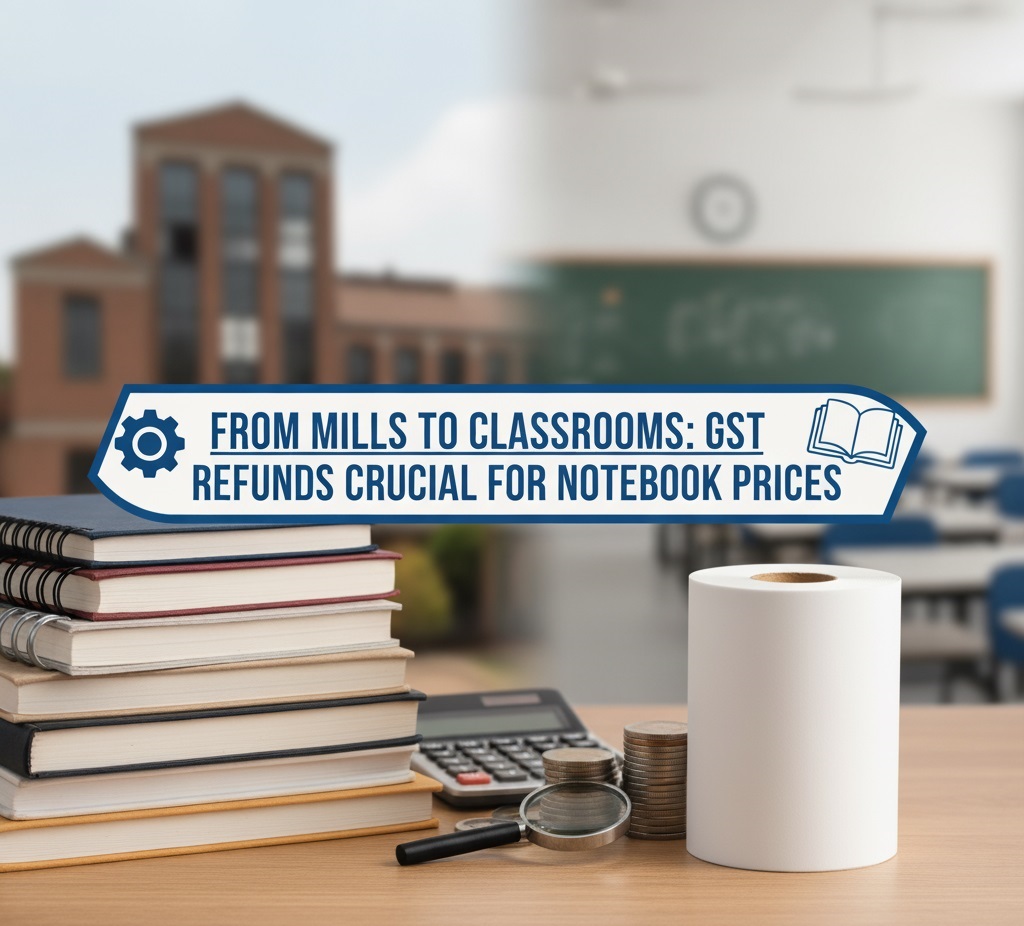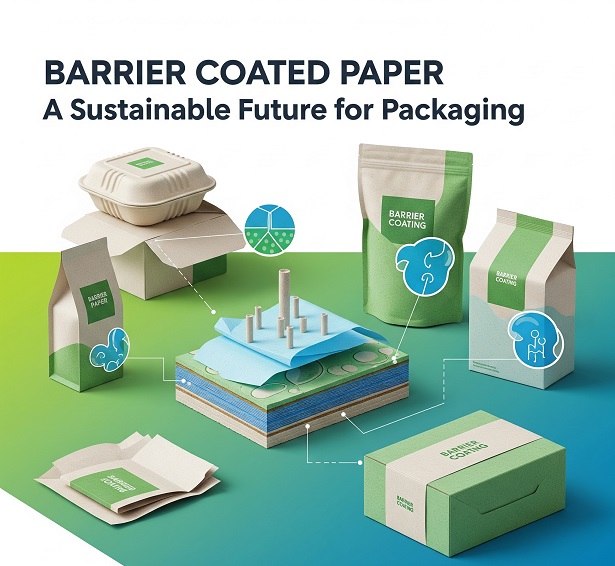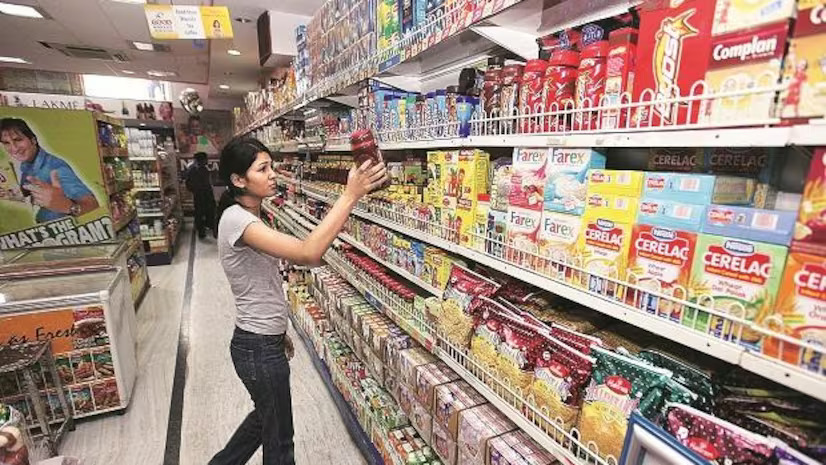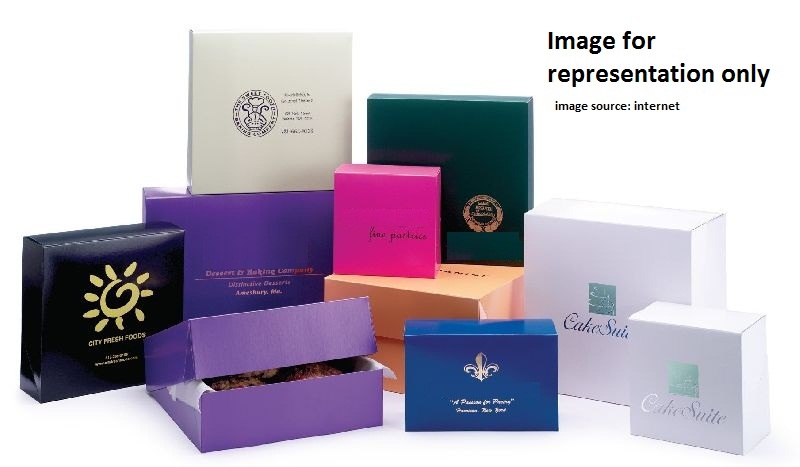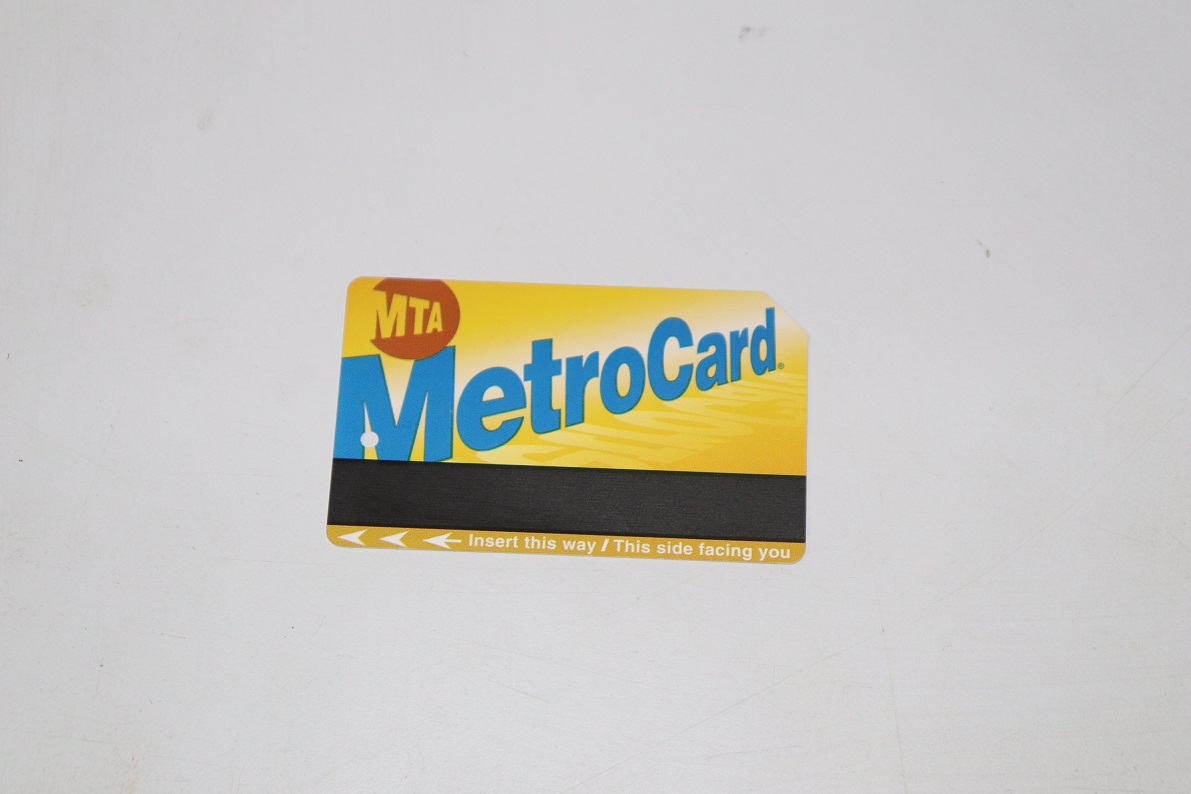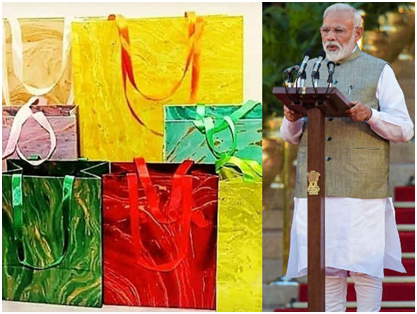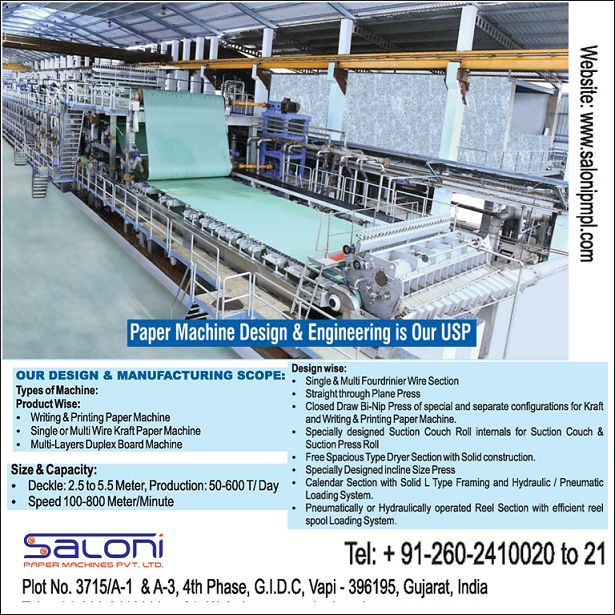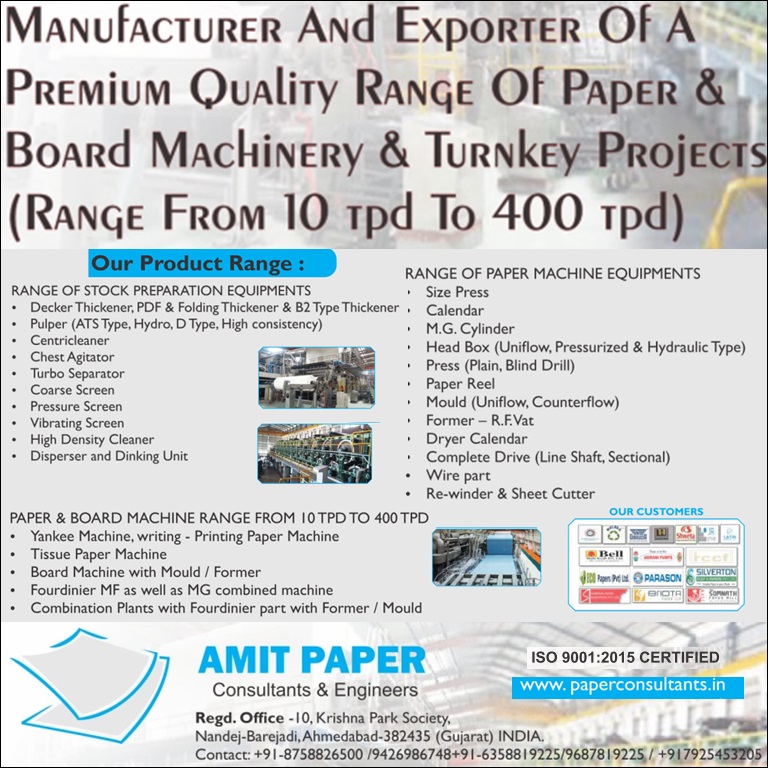The current paper-based stationery market is approximately INR 16,200 crore and is expected to grow to INR 28,700 crore by 2030, says Mr. Hardik Shah, CEO of Sundaram Multi Pap

The current paper-based stationery market is approximately INR 16,200 crore and is expected to grow to INR 28,700 crore by 2030, says Mr. Hardik Shah, CEO of Sundaram Multi Pap
-New pricing every month or fortnightly makes quite a room for speculation for converters leading to unstable conditions
-There will be a change in the consumption pattern, however India will witness good paper stationery growth for next 20+ years
-Although the market does not accept brown paper that easily
-NEP hasn’t been accepted by all states yet, and also implementation will be phase wise, grade wise
-the imported paper is not up to the mark for the Indian shade and our specs requirement
Sundaram Multi Pap Limited is a pioneering company specializing in paper stationery products and also provide e-learning digital classrooms. An exclusive interview with Mr. Hardik Shah, Chief Executive Officer of Sundaram Multi Pap Limited, discusses various aspects of the paper stationery business and its impact on India and the world. Mr. Shah shares his insights on the future of the paper stationery market, trends, and the shifting dynamics of consumption patterns. Here are his views:
The Pulp and Paper Times:
Q: Please provide a brief introduction to Sundaram Multi Pap Limited (SMPL).
Sundaram Multi Pap Limited has a strong legacy of over 40+ years and is a BSE-NSE listed company. We deal in paper stationery products and also provide e-learning digital classrooms for schools. We are one of the largest paper convertors in the state, and have over 220+ types of products, ranging from notebooks to diaries.
Q: Paper is an essential raw material for converters. The cost of paper (WPP, fine, and printing grade) is directly tied to a converter’s margin. How do you evaluate the current pricing system of paper?
Yes, the margin is 100% linked to raw material prices for a converter. The current pricing system of paper needs to be more stable for any converter to grow. Having to deal with new pricing every month or fortnightly makes quite a room for speculation for converters leading to unstable conditions for any convertor to grow in the long term. paper rates have reached nearly pre-covid levels and is under pressure.
Q: There is a significant demand for Writing and Printing Paper, driven by the education sector and printing segments, creating opportunities. On the other hand, even today, per-capita consumption of paper in India is low. Is the paper sector expected to yield high returns in the next five to ten years by carefully calibrating prices?
Yes, we firmly believe that the transformation of education in India has just begun. There are so many states and rural areas which are still not developed and with the governments push for education, these are going to develop sooner than we think. Many new schools, colleges and institutes will drive the growth to the next level. Also, considering the corporate offices and industrial growth in the country, many office stationery products have also gained high traction.
Q: There has been a lot of discussion about the digital advent; do you think digital will make the paper stationery business obsolete in the long term?
Not at all. Even today, we are on the road to digital upgrade, and it is going to take a long time before books can be replaced. Even in a developed country like America, books are still present. Yes, there will be a change in the consumption pattern, however India will witness good paper stationery growth for next 20+ years.
Q: Please shed some light on SMPL’s product range and infrastructure. Do you have any expansion plans in the pipeline? Please explain.
Our factory setup is in Palghar area in Maharashtra which spreads across 5 acres of land. We have multiple fully automatic machines and are upgrading our machines yearly. Keeping up with the requirement of our local markets, we will soon be introducing a couple of new machines to cater to the production needs. We are also expanding our reach by entering more areas deeper in India.
Q: Please provide some statistics on the current paper-based stationery market. How big is it, and what growth do you foresee in the coming years?
Our estimates say the current paper-based stationery market is of around 16,200 cr and is expected to become 28,700 cr by 2030. CAGR of approximately 10-11%.
Q: Over the last two years, we have observed a new trend emerging: ‘Brown is the new White’. A few paper mills are promoting their brown paper for writing purposes as well, allowing the production of notebooks, pads, etc., from brown paper. How do you evaluate these trends?
It’s a very product sensitive topic as we do not see the change from white to brown in many segments. Basic notebooks, long books will continue using white paper. The trend is yet to take mainstream stage. Although the market does not accept brown paper that easily.
Q: Please shed some light on the export market for paper stationery from India. How big is it, and what growth do you expect in the coming years?
Affordable labour, and reasonable paper will continue fuelling the growth of paper stationery exports. There are a few Asian countries who are very active in their exports. India's paper exports have been increasing over the past five years. In 2021-2022, India's paper exports increased by almost 80% to a record high of Rs 13,963 crore. India exports paper to countries such as the UAE, China, Saudi Arabia, Bangladesh, Vietnam, and Sri Lanka.
We have moved out of exports for quite a while now. We’re 100% selling only in India. But India does a sizeable export to many parts of the world, majorly to USA, Africa, UAE, etc.
Q: Sundaram books are made using the best environmentally friendly processes and use FSC-certified paper. Is SMPL able to source all its FSC-certified paper requirements from Indian mills, or do you import paper? How do you rate the quality of imported paper versus Indian paper?
We’re able to procure from Indian mills alone. Generally, the imported paper is not up to the mark for the Indian shade and our specs requirement. Certain Indian mills definitely are making better paper than imported ones. Imports are now catching up to the quality of these top few mills.
Q: Agro-based Writing and Printing paper is rapidly expanding its scope of use. How do you compare agro-based paper with wood-based paper when using it in paper stationery manufacturing?
Both the papers don’t have a vast differentiation after the finish product is based. Wood-based paper will always have an edge over agro-based paper. But keeping in mind the environment, agro-based paper is getting acceptance now.
Q: How does SMPL view waste paper circularity? Since you are connected with a large network of schools, have you started any programs or initiatives to recycle the various types of notebooks used by students? What are your suggestions to increase waste paper circularity?
There are often school seminars, and children are told the important of these practices. However, recycling of paper is still very low as students often save these books for years. Awareness for this needs to be there, and we should have multiple collection centres per city for the same. We’ve done initiatives in the past where by we have collected used books and provided fresh books in exchange at various schools.
Q: The Government has implemented the New Education Policy (NEP), replacing the old syllabus, which is expected to be in effect this year. How big is this opportunity for printers and publishers? Do you think this massive printing job will boost the printing business?
Surely will be a booster for the printing business, however it will happen gradually. NEP hasn’t been accepted by all states yet, and also implementation will be phase wise, grade wise. But surely there will be a sizeable boost to the printing businesses.
Q: Do you have any message for the paper industry?
We wish the pricing becomes more stable going forward, and a uniform price mechanism is established. Also, timely deliveries with superior quality will always go a long way. We also wish to address the readers that paper and paper stationery is here to stay and is going to go a long way up from here. Demand is bigger and better than ever.
Q: In the last few years, we found that paper mills are more inclined toward forward integration by setting up their own converting machines to produce notebook and pads to control better margins. How do you see the future picture in terms of pricing? Do you think this Forward integration will provide healthy competition?
Pricing will be more competitive and competition is bound to increase, and paper mills will always have an edge if executed well. Easier and better way for them would to take over existing and start converting, as mills generally have the manufacturing capabilities and not the sales market, as this is a consumer marketing. This forward integration from mills will provide healthy competition and when aggressive can not be healthy for small convertors.
Web Title: The current paper-based stationery market is approximately INR 16,200 crore and is expected to grow to INR 28,700 crore by 2030, says Mr. Hardik Shah, CEO of Sundaram Multi Pap





 Join WhatsApp Group
Join WhatsApp Group Join Telegram Channel
Join Telegram Channel Join YouTube Channel
Join YouTube Channel Join Job Channel (View | Submit Jobs)
Join Job Channel (View | Submit Jobs) Join Buy Sell Channel (Free to Submit)
Join Buy Sell Channel (Free to Submit) Paper News Headlines Channel (Free to read)
Paper News Headlines Channel (Free to read)






